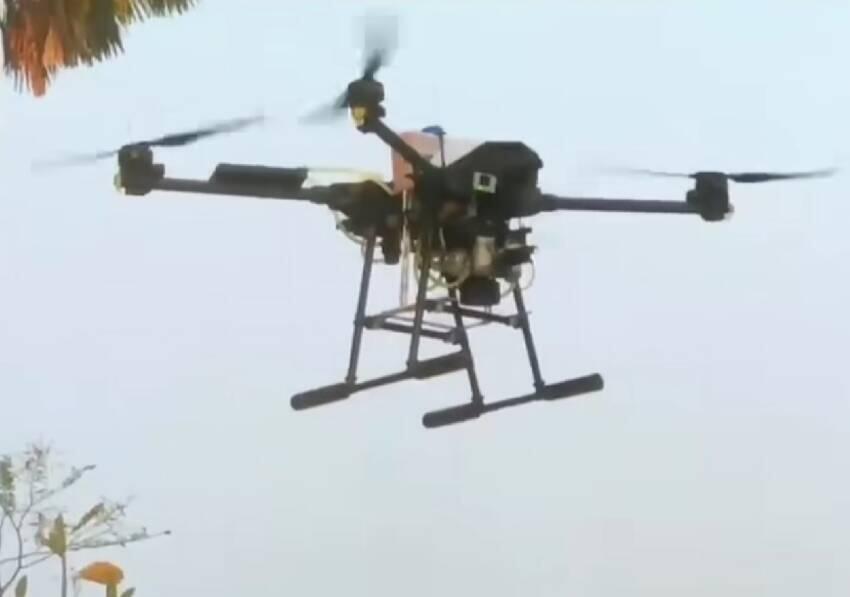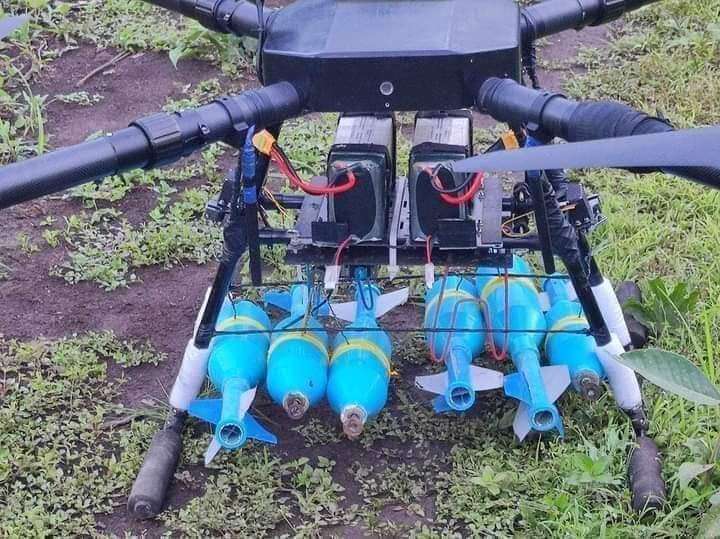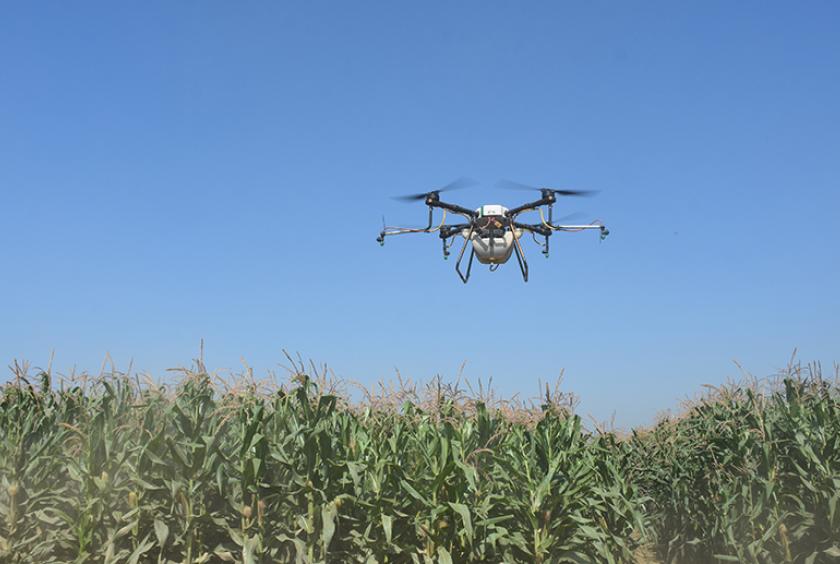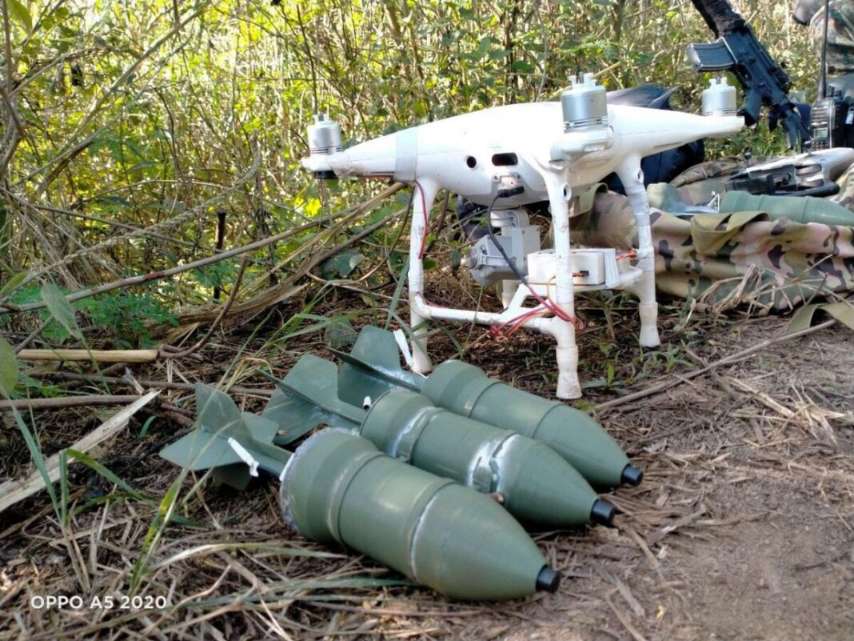
5G technology is being deployed across various sectors and locations around the world, demonstrating its capabilities and potential to enhance a wide range of applications.
Here are some notable case studies and implementations showcasing how 5G technology is being utilized:








### 1. **Seoul, South Korea**
#### Implementation:
– **Smart City Initiatives**: Seoul has rolled out a comprehensive smart city framework that utilizes 5G across various services, including traffic management, environmental monitoring, and public safety systems.
– **Connected Transportation**: The city has partnered with automotive manufacturers to integrate 5G into vehicles for real-time communication with traffic systems to optimize traffic flow and reduce congestion.
#### Outcomes:
– Enhanced urban mobility and reduced traffic congestion.
– Improved public safety through real-time data analytics for emergency services.
### 2. **Barcelona, Spain**
#### Implementation:
– **Smart Lighting and Waste Management**: The city implemented smart street lighting systems that adjust brightness based on pedestrian presence and smart waste bins that notify collection services when they are full.
– **Connected Vehicles**: Barcelona is testing connected vehicles that communicate with each other and with infrastructure to facilitate better traffic management.
#### Outcomes:
– Up to 30% energy savings in lighting and improved waste collection efficiency.
– Better traffic management helps reduce congestion in the city, leading to lower emissions.
### 3. **Los Angeles, California, USA**
#### Implementation:
– **Public Safety Enhancements**: The Los Angeles Fire Department is incorporating 5G-enabled wearables for first responders, allowing for real-time health monitoring and data sharing.
– **Connected Drones**: Using 5G, drones are deployed for aerial surveillance and monitoring during emergencies, providing real-time video and data to command centers.
#### Outcomes:
– Improved situational awareness for first responders during emergency incidents.
– Quicker and more effective response times through real-time data and communication.
### 4. **New York City, New York, USA**
#### Implementation:
– **5G Network Deployment**: NYC has been working with telecom companies to deploy 5G in key areas to improve public services, transportation systems, and emergency response capabilities.
– **Public Health Monitoring**: The city is utilizing 5G for better data collection and analysis concerning public health emergencies.
#### Outcomes:
– Enhanced communication systems for emergency services leading to faster response times.
– Better public health response mechanisms via real-time data analytics and communication.
### 5. **Pittsburgh, Pennsylvania, USA**
#### Implementation:
– **Smart Traffic Management**: Pittsburgh has implemented smart traffic signals that can communicate with connected vehicles, adjusting in real-time to optimize traffic flow.
– **Connected Emergency Services**: Emergency responders use 5G to receive traffic and incident data in real-time to aid in navigation and decision-making.
#### Outcomes:
– Reduction in traffic congestion and improved response times for emergency services.
– Enhanced operational efficiency for city services.
### 6. **Santander, Spain**
#### Implementation:
– **IoT Sensors and Smart Solutions**: Santander has deployed thousands of IoT sensors for various applications like smart parking, environmental monitoring, and smart waste collection, all integrated with a 5G network.
– **Public Engagement**: City services are interconnected, allowing residents to access information and participate in city management more effectively.
#### Outcomes:
– Improved quality of life for residents through smarter urban services.
– Significant operational cost savings for city management.
### 7. **Shanghai, China**
#### Implementation:
– **Smart Healthcare**: 5G is utilized in hospitals for remote consultations and surgeries where specialists can operate remotely while having real-time data and video feeds.
– **Autonomous Vehicles**: Ongoing testing of autonomous vehicles that use 5G for communication with traffic infrastructure and other vehicles.
#### Outcomes:
– Enhanced healthcare delivery through improved access to specialist services.
– Progress in autonomous vehicle development and integration into urban transport systems.
### 8. **Malmo, Sweden**
#### Implementation:
– **Smart Grid**: Malmo is leveraging 5G technology to optimize the energy grid, facilitating real-time monitoring and management of energy use and distribution.
– **Air Quality Monitoring**: Sensors connected via 5G provide real-time data on air quality, enabling immediate responses to pollution incidents.
#### Outcomes:
– Improved energy efficiency and sustainability in city operations.
– Better public health outcomes through proactive management of air quality.
### 9. **Dubai, UAE**
#### Implementation:
– **Smart Police Stations**: The Dubai Police have implemented AI-driven solutions interconnected via 5G that enhance public safety services and improve efficiency.
– **Smart Infrastructure**: Ongoing projects that utilize 5G for smart contracts and advanced security features in public infrastructure.
#### Outcomes:
– Increased public safety and engagement through innovative policing technologies.
– Advancement in smart city initiatives that improve overall urban living conditions.
### **Conclusion**
The above case studies illustrate the transformative impact of 5G technology on urban environments and public safety. These implementations are improving efficiency, enhancing data-driven decision-making, and fostering more connected communities. As 5G continues to roll out worldwide, we can expect to see further innovations in how cities operate and respond to the needs of their residents. The potential of 5G to enhance various industries and public services underscores its significance as a cornerstone of future urban development and smart city frameworks.


Leave a Reply